On Thursday 26th January I attended the first Kids in Museums Carnival, which took place in the Tate Exchange at the Tate Modern. Kids in Museums is an organisation that works with museums to make them more family-friendly, and the Carnival was an opportunity to showcase the support they offer to the museums with whom they work.
The event was smaller than I'd imagined - 'carnival' has connotations of a large, bustling, noisy experience, and while busy, it wasn't teeming - but it was enjoyable and informative. There were various stalls where visitors could learn more about previous winners of the Family Friendly Museum awards and the organisation's partnership with Arts Award, as well as 'Takeover Days', when kids are put in charge of a museum for a day.
Visitors could also try out the Time Explorers app, which takes users on a virtual tour of the Tower of London and Hampton Court Palace. Fun, simple games and challenges allow kids to explore the history of the buildings in an engaging and exciting way, and the app has already seen enormous success. Another stall had a TV displaying the results of 'Teen Twitter Takeovers', when museums let teenagers takeover their Twitter accounts and explore the museum whilst tweeting about what they see; an interesting and often amusing experience.
As part of the event, two people from Tate Collective London, an organisation of 15-25 year olds who try to get young people more involved in the arts, took groups to see selected pieces of artwork in the museum. They spoke about the pieces for ten minutes, offering their perspective on them and why they liked them. I attended a tour that went to see a piece by Mexican artist Teresa Margolles, whose 'Flag number 1' was made using blood from people who died in the Mexican drug war of 2009. For me, the story behind the work was more interesting than the piece alone, and I really enjoyed hearing about its background from someone who had chosen it specifically because of the intrigue it held for her.
There was also a series of 10 minute talks from Family Friendly Museum Award winners and nominees, who gave brief but detailed explanations of the work they have done to achieve the accolade. The talks took place in a small pod which - whilst effective at isolating the talks from the surrounding noise - was unfortunately far too small for the number of people who gathered to watch the speakers. Set-up aside, I really enjoyed the talks from the York Art Gallery and the Tullie House Museum about their interactive exhibitions, which attract young and old people alike.
I particularly enjoyed the final talk, in which Claire Madge, whose daughter is autistic, gave some quick but thorough advice on how museums can make themselves more autism-friendly. She explained that families with autism rarely go to museums, as the sensory stimuli and crowds of people can be overwhelming for autistic people, but designating a few 'quiet afternoons' with limited numbers can eliminate a massive obstruction for autistic people. Madge also mentioned the importance of visual guides with lots of pictures and simple language, as many autistic people learn visually, as well as a fully informative website with details on busy and quiet areas and any exhibits containing flashing lights or loud noises. Thousands of young people in the UK are on the autism spectrum and they should be able to participate in the same experiences as other young people, and I love that Kids in Museums recognises that fact.
Finally, after an announcement about the launch of Kids in Museums' Mini Manifesto (because small can be beautiful!) 26 year-old Caleb Femi, Young People's Laureate for London, performed two of his poems about his childhood and growing up. I love spoken word and Femi did not disappoint, giving an enchanting, gripping performance. He also repeated something an MP had said to him, which I feel perfectly sums up why Kids in Museums and other young people-focused organisations do the work they do:
'Young people are 20% of the population, but 100% of the future'.


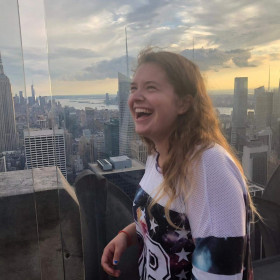
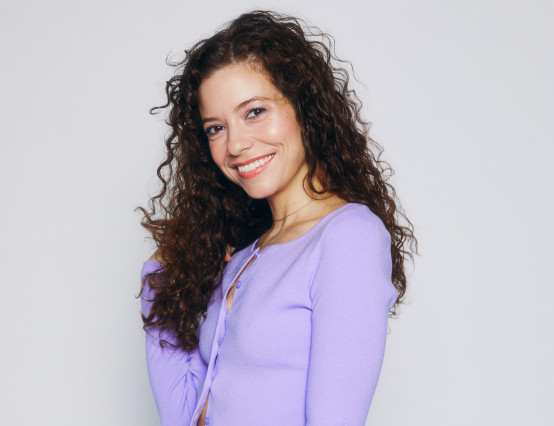
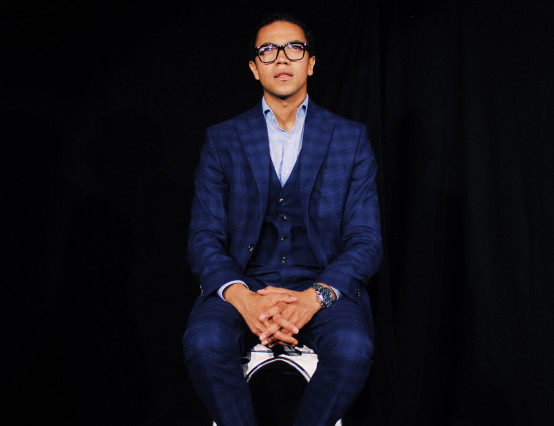
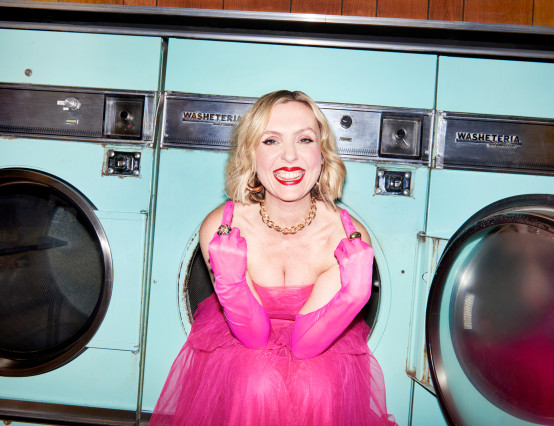
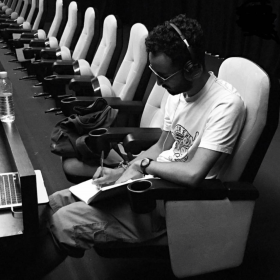
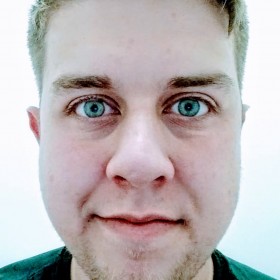
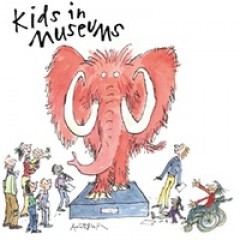


One of the things I resent most about growing up is how little exposure I had to two things - theatre and museums. I'm so glad that these kinds of projects are out there though. However, at the same time, I feel like these kinds of things don't reach the less easily accessible areas specifically concerning museums.